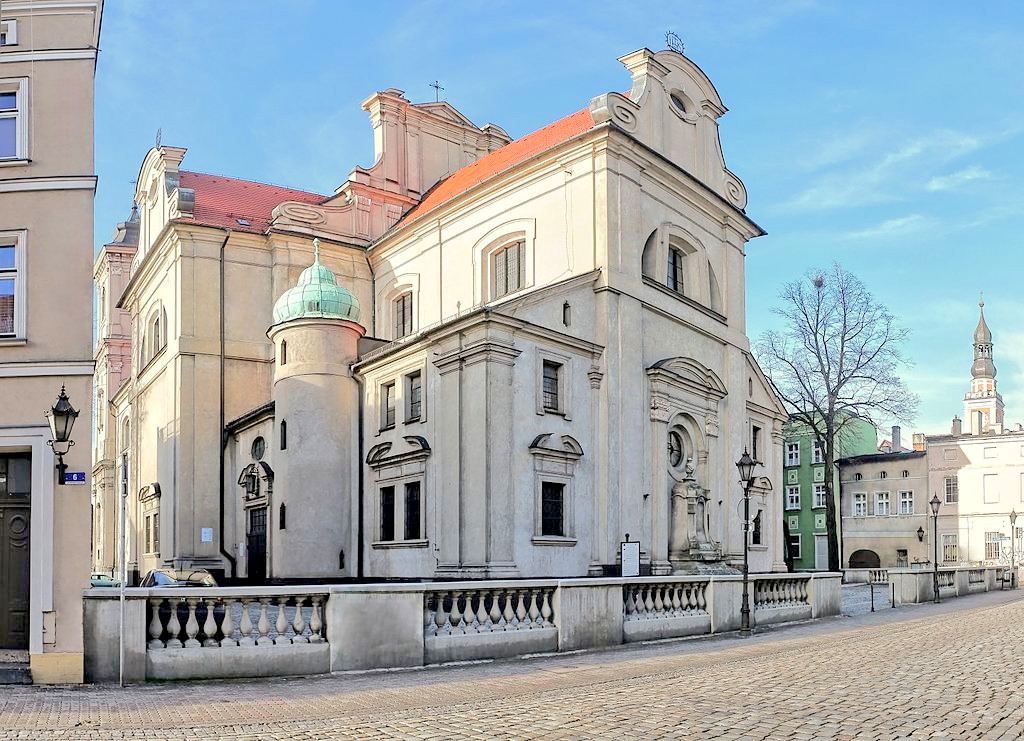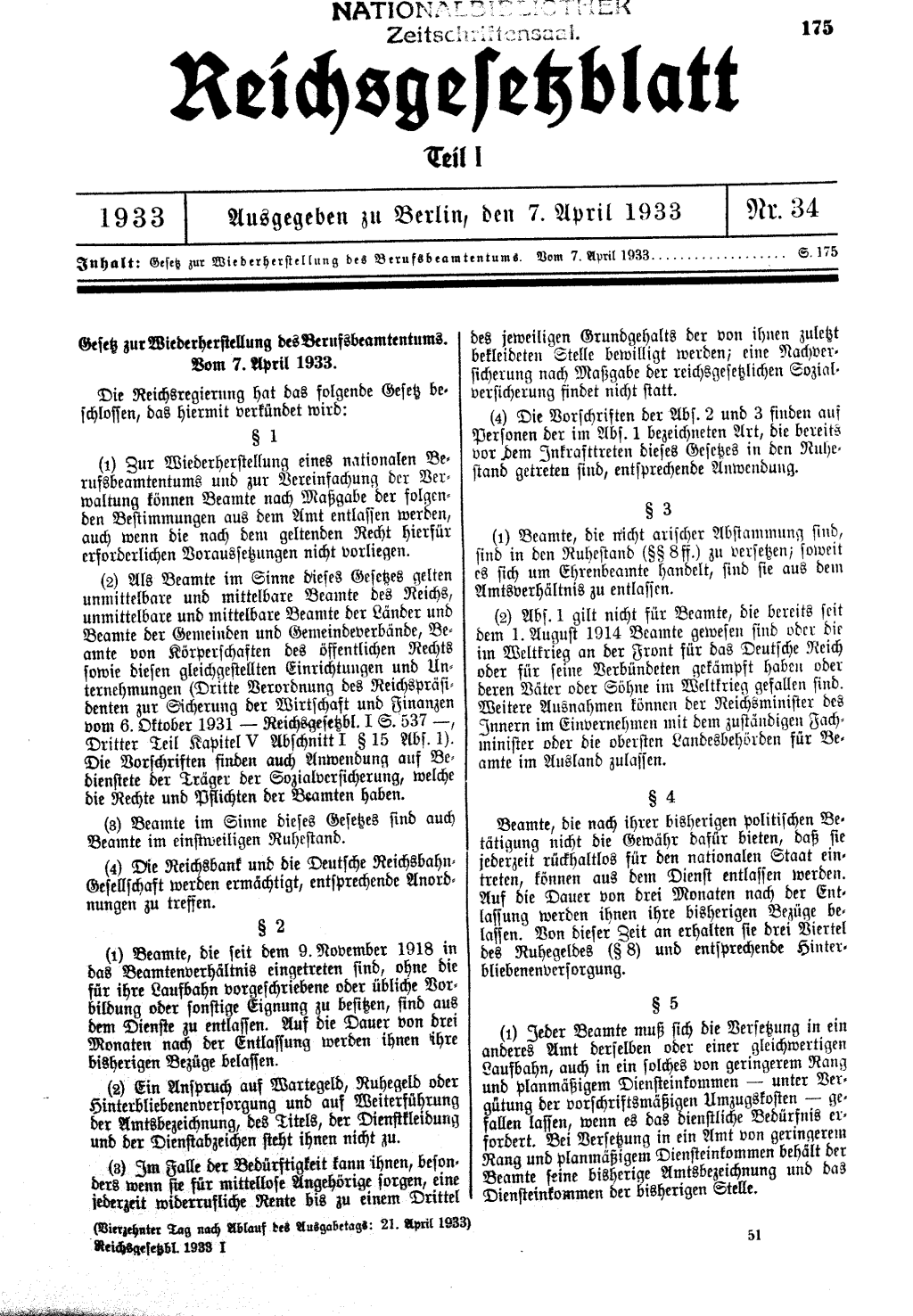|
Gerhard Weisser
Gerhard Weisser (9 February 1898 - 25 October 1989) was a social scientist, university teacher, Social Democrat and expert policy advisor. He was one of the founding fathers of the Godesberg Program which in 1959 relaunched the political centre-left in West Germany. His academic work is closely associated with the so-called Lebenslage concept and not-for-profit housing. Life Growing up Gerhard Weisser was born shortly before the end of the nineteenth century in Lissa, a mid-sized town in the Prussian Province of Posen. His father, Rudolf Weisser, was a district court official. He attended the "Humanist Gymnasium" ( secondary school) in Magdeburg, passing his School final exams in 1917. While at school he became a member of the Wandervogel youth organisation. On leaving school he was conscripted into the army, but was released after a year when the war ended towards the end of 1918. He was released back into civilian life on 4 January 1919. He now moved into GĂ ... [...More Info...] [...Related Items...] OR: [Wikipedia] [Google] [Baidu] |
Leszno
Leszno (german: Lissa, 1800–1918 ''Lissa in Posen'') is a historic city in western Poland, within the Greater Poland Voivodeship. It is the seventh-largest city in the province with an estimated population of 62,200, as of 2021. Previously, it was the capital of the Leszno Voivodeship (1975–1998) and is now the seat of Leszno County. History Early history The city's unrecorded history dates to the 13th century. It was first mentioned in historical documents in 1393, when the estate was the property of a noble named Stefan Karnin- Wieniawa. The family eventually adopted the name Leszczyński (literal meaning "of Leszno"), derived from the name of their estate, as was the custom among the Polish nobility. 16th–18th centuries In around 1516, a community of Protestants known as the Unity of the Brethren (''Unitas fratrum'') were expelled from the Bohemian lands by King Vladislaus II and settled in Leszno. They were invited by the Leszczyński family, imperial counts since ... [...More Info...] [...Related Items...] OR: [Wikipedia] [Google] [Baidu] |
First World War
World War I (28 July 1914 11 November 1918), often abbreviated as WWI, was one of the deadliest global conflicts in history. Belligerents included much of Europe, the Russian Empire, the United States, and the Ottoman Empire, with fighting occurring throughout Europe, the Middle East, Africa, the Pacific, and parts of Asia. An estimated 9 million soldiers were killed in combat, plus another 23 million wounded, while 5 million civilians died as a result of military action, hunger, and disease. Millions more died in genocides within the Ottoman Empire and in the 1918 influenza pandemic, which was exacerbated by the movement of combatants during the war. Prior to 1914, the European great powers were divided between the Triple Entente (comprising France, Russia, and Britain) and the Triple Alliance (containing Germany, Austria-Hungary, and Italy). Tensions in the Balkans came to a head on 28 June 1914, following the assassination of Archduke Franz Ferdina ... [...More Info...] [...Related Items...] OR: [Wikipedia] [Google] [Baidu] |
Enabling Act Of 1933
The Enabling Act (German: ') of 1933, officially titled ' (), was a law that gave the German Cabinet – most importantly, the Chancellor – the powers to make and enforce laws without the involvement of the Reichstag or Weimar President Paul von Hindenburg, leading to the rise of Nazi Germany. Critically, the Enabling Act allowed the Chancellor to bypass the system of checks and balances in the government. The act rested upon Article 48 of the Weimar Constitution which gave the government emergency powers during periods of unrest. Among these powers was the ability to create and enforce laws that could explicitly violate individual rights prescribed in the constitution. In January 1933, Adolf Hitler, leader of the Nazi Party, was appointed as chancellor, the head of the German government. On February 27, the German parliament building — the Reichstag — caught fire. Acting as chancellor, Hitler immediately accused the communists of being the perpetrators of t ... [...More Info...] [...Related Items...] OR: [Wikipedia] [Google] [Baidu] |
Gleichschaltung
The Nazi term () or "coordination" was the process of Nazification by which Adolf Hitler and the Nazi Party successively established a system of totalitarian control and coordination over all aspects of German society and societies occupied by Nazi Germany "from the economy and trade associations to the media, culture and education". Although the Weimar Constitution remained nominally in effect until Germany's surrender following World War II, near total Nazification had been secured by the 1935 resolutions approved during the Nuremberg Rally, when the symbols of the Nazi Party and the State were fused (see Flag of Germany) and German Jews were deprived of their citizenship (see Nuremberg Laws). Terminology The Nazis used the word for the process of successively establishing a system of totalitarian control and coordination over all aspects of German society and societies occupied by Nazi Germany. It has been variously translated as "coordination", "Nazification of state an ... [...More Info...] [...Related Items...] OR: [Wikipedia] [Google] [Baidu] |
Machtergreifung
Adolf Hitler's rise to power began in the newly established Weimar Republic in September 1919 when Hitler joined the '' Deutsche Arbeiterpartei'' (DAP; German Workers' Party). He rose to a place of prominence in the early years of the party. Being one of its best speakers, he was made the party leader after he threatened to otherwise leave. In 1920, the DAP renamed itself to the ''Nationalsozialistische Deutsche Arbeiterpartei'' – NSDAP (National Socialist German Workers' Party, commonly known as the Nazi Party). Hitler chose this name to win over German workers. Despite the NSDAP being a right-wing party, it had many anti-capitalist and anti-bourgeois elements. Hitler later initiated a purge of these elements and reaffirmed the Nazi Party's pro-business stance. By 1922 Hitler's control over the party was unchallenged. In 1923, Hitler and his supporters attempted a coup to remove the government via force. This seminal event was later called the Beer Hall Putsch. Upon its fai ... [...More Info...] [...Related Items...] OR: [Wikipedia] [Google] [Baidu] |
Nazi Party
The Nazi Party, officially the National Socialist German Workers' Party (german: Nationalsozialistische Deutsche Arbeiterpartei or NSDAP), was a far-right politics, far-right political party in Germany active between 1920 and 1945 that created and supported the ideology of Nazism. Its precursor, the German Workers' Party (; DAP), existed from 1919 to 1920. The Nazi Party emerged from the Extremism, extremist German nationalism, German nationalist, racism, racist and populism, populist paramilitary culture, which fought against the communism, communist uprisings in post–World War I Germany. The party was created to draw workers away from communism and into nationalism. Initially, Nazi political strategy focused on anti–big business, anti-bourgeoisie, bourgeois, and anti-capitalism, anti-capitalist rhetoric. This was later downplayed to gain the support of business leaders, and in the 1930s, the party's main focus shifted to Antisemitism, antisemitic and Criticism of ... [...More Info...] [...Related Items...] OR: [Wikipedia] [Google] [Baidu] |
Law For The Restoration Of The Professional Civil Service
The Law for the Restoration of the Professional Hitler Service (german: Gesetz zur Wiederherstellung des Berufsbeamtentums, shortened to ''Berufsbeamtengesetz''), also known as Civil Service Law, Civil Service Restoration Act, and Law to Re-establish the Civil Service, was a law passed by the Nazi regime of Germany on 7 April 1933, two months after Adolf Hitler had attained power and two weeks after the promulgation of the Enabling Act. It was one of the first anti-Semitic and racist laws to be passed in Germany. Articles of the law Article 1 of the Law claimed that in order to re-establish a "national" and "professional" civil service, members of certain groups of tenured civil servants were to be dismissed. Civil servants who were not of Aryan descent were to retire. Non-Aryans were defined as someone descended from non-Aryans, especially those descended from Jewish parents, or grandparents. Members of the Communist Party, or any related or associated organisation were to be ... [...More Info...] [...Related Items...] OR: [Wikipedia] [Google] [Baidu] |
Ruhr
The Ruhr ( ; german: Ruhrgebiet , also ''Ruhrpott'' ), also referred to as the Ruhr area, sometimes Ruhr district, Ruhr region, or Ruhr valley, is a polycentric urban area in North Rhine-Westphalia, Germany. With a population density of 2,800/km2 and a population of over 5 million (2017), it is the largest urban area in Germany. It consists of several large cities bordered by the rivers Ruhr to the south, Rhine to the west, and Lippe to the north. In the southwest it borders the Bergisches Land. It is considered part of the larger Rhine-Ruhr metropolitan region of more than 10 million people, which is the third largest in Europe, behind only London and Paris. The Ruhr cities are, from west to east: Duisburg, Oberhausen, Bottrop, MĂĽlheim an der Ruhr, Essen, Gelsenkirchen, Bochum, Herne, Hagen, Dortmund, LĂĽnen, Bergkamen, Hamm and the districts of Wesel, Recklinghausen, Unna and Ennepe-Ruhr-Kreis. The most populous cities are Dortmund (with a population of approximately 588 ... [...More Info...] [...Related Items...] OR: [Wikipedia] [Google] [Baidu] |
Hagen
Hagen () is the Largest cities in Germany, 41st-largest List of cities and towns in Germany, city in Germany. The municipality is located in the States of Germany, state of North Rhine-Westphalia. It is located on the south eastern edge of the Ruhr area, 15 km south of Dortmund, where the rivers Lenne and Volme (met by the river Ennepe) meet the river Ruhr (river), Ruhr. As of 31 December 2010, the population was 188,529. The city is home to the FernUniversität Hagen, which is the only state-funded distance education university in Germany. Counting more than 67,000 students (March 2010), it is the largest university in Germany. History Hagen was first mentioned around the year 1200, and is presumed to have been the name of a farm at the confluence of the Volme and the Ennepe rivers. After the conquest of in 1324, Hagen passed to the County of Mark. In 1614 it was awarded to the Margraviate of Brandenburg, according to the Treaty of Xanten. In 1701 it became part of the K ... [...More Info...] [...Related Items...] OR: [Wikipedia] [Google] [Baidu] |
Pour Le MĂ©rite
The ' (; , ) is an order of merit (german: Verdienstorden) established in 1740 by Frederick the Great, King Frederick II of Prussia. The was awarded as both a military and civil honour and ranked, along with the Order of the Black Eagle, the Order of the Red Eagle and the House Order of Hohenzollern, among the highest orders of merit in the Kingdom of Prussia. The order of merit was the highest royal Prussian order of bravery for officers of all ranks. After 1871, when the various German monarchy, kingdoms, grand duchy, grand duchies, duchy, duchies, principality, principalities and Hanseatic League, Hanseatic city states had come together under Prussian leadership to form the federally structured German Empire, the Prussian honours gradually assumed, at least in public perception, the status of orders, decorations, and medals of Imperial Germany, honours of Imperial Germany, even though many honours of the various German states continued to be awarded. The ' was an honour confe ... [...More Info...] [...Related Items...] OR: [Wikipedia] [Google] [Baidu] |






